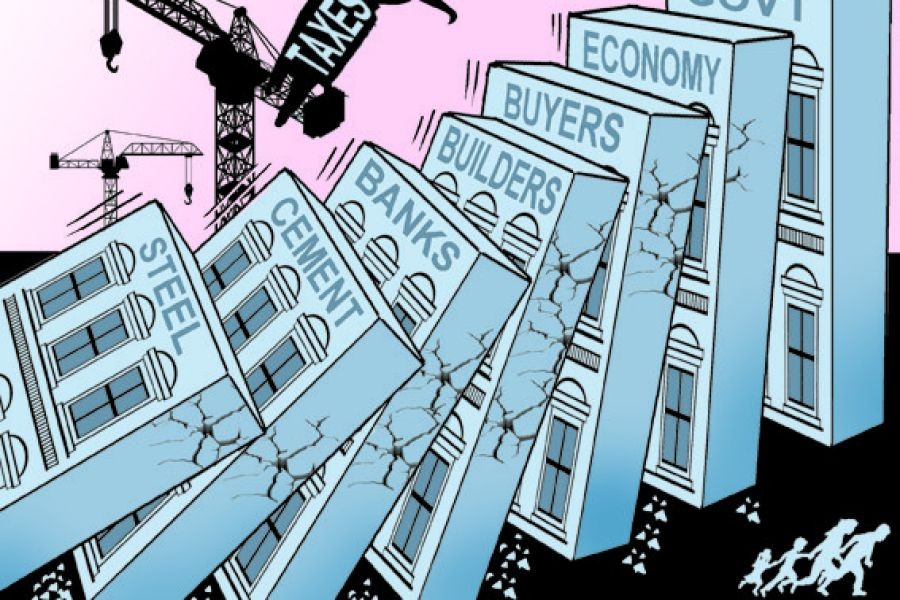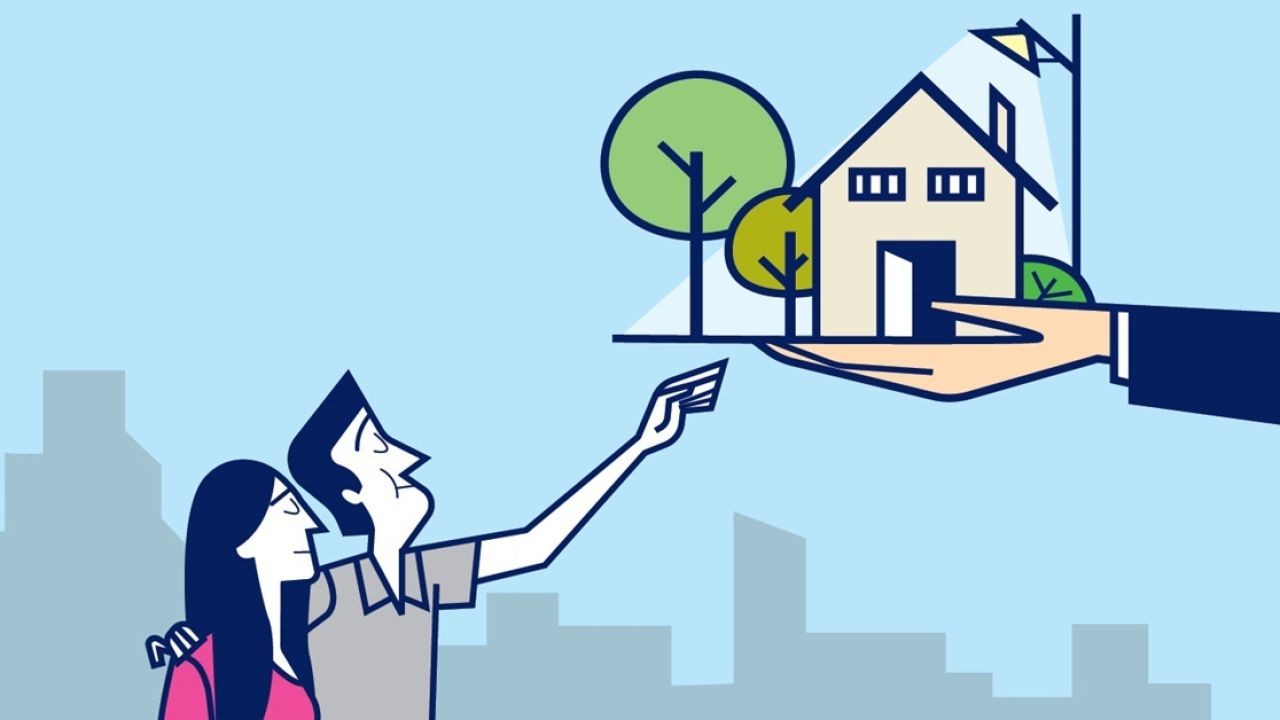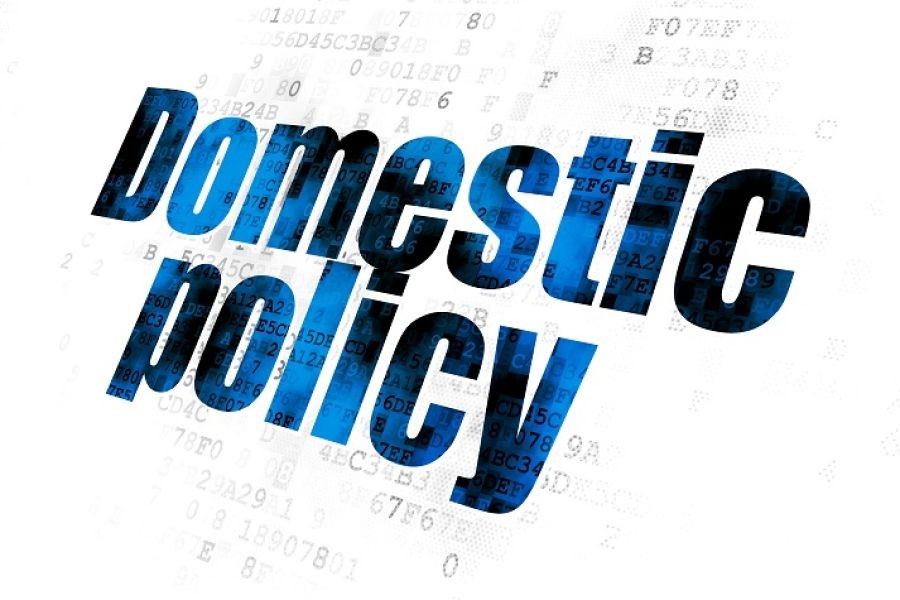In the heart of New Zealand, a significant transformation is underway in public education, where schools are not just centers of learning but also pioneers in sustainability. This movement is more than a trend; it’s a vital response to the global call for environmental consciousness and reflects New Zealand's commitment to a greener future. As the world grapples with climate change, New Zealand's public schools are setting an inspiring example, integrating sustainability into their core operations and curricula.
The Sustainability Challenge in Education
New Zealand's public schools face the dual challenge of maintaining educational excellence while integrating sustainable practices. This mission isn't without its hurdles—limited funding, outdated infrastructures, and the need for comprehensive teacher training are significant barriers. However, with the country’s rich natural resources and a strong policy framework like the Zero Carbon Act, schools are uniquely positioned to lead the sustainability charge.
Data-Driven Insights: A National Overview
According to Stats NZ, New Zealand’s education sector contributes significantly to national carbon emissions. However, recent initiatives have started to show promising results. For instance, a 2023 report by the Ministry of Education revealed that schools implementing sustainability programs have reduced their carbon footprint by an average of 20% over the past five years. This data underscores the potential of educational institutions to make a significant environmental impact.
Leading by Example: Real-World Case Studies
Case Study: Wellington High School – A Green Transformation
Problem:
Wellington High School, one of the oldest schools in New Zealand, faced challenges with its aging infrastructure, which was not energy-efficient and contributed to high operational costs. The school struggled with high utility bills and a growing demand for sustainable practices from students and the community.
Action:
In response, the school embarked on a comprehensive sustainability project. They installed solar panels, upgraded insulation, and introduced a waste management program. The school also incorporated sustainability into the curriculum, empowering students to participate actively in environmental initiatives.
Result:
Within two years, Wellington High School reduced its energy consumption by 30% and cut waste output by 40%. Notably, the school saved approximately NZD 50,000 annually on electricity costs. The program’s success has drawn attention from other schools nationwide, eager to replicate this model.
Takeaway:
This case study highlights the feasibility and benefits of integrating sustainability into school operations. Other schools in New Zealand can leverage similar strategies to reduce environmental impact and operational costs.
Contrasting Perspectives: Is Sustainability in Schools Worth the Investment?
While the benefits of sustainability in schools are clear, the investment required remains a point of contention. Advocates argue that the long-term savings and environmental benefits justify the initial costs. Conversely, critics point out that some schools may struggle to secure the necessary funding without government support.
Middle Ground:
A balanced approach suggests that partnerships with local businesses and government grants can alleviate financial burdens, making sustainability projects more accessible to schools.
Common Myths & Mistakes in Sustainability Education
- Myth: Sustainability is solely about recycling. Reality: Sustainability encompasses energy efficiency, waste reduction, and sustainable resource use, among other practices.
- Myth: Only new buildings can be sustainable. Reality: Retrofitting existing buildings with sustainable technologies can significantly reduce environmental impact.
- Myth: Sustainability efforts are too expensive for most schools. Reality: While initial costs can be high, many schools recoup these through energy savings and government incentives.
Which of these myths did you believe before reading this? Drop your thoughts below!
Future Trends & Predictions in Sustainable Education
Looking ahead, New Zealand's commitment to sustainability in education is poised to grow. By 2030, it’s predicted that over 75% of public schools will implement comprehensive sustainability programs, driven by advancements in green technology and increased government support (Source: MBIE 2024). Such trends reflect a broader global shift towards environmental responsibility in education, positioning New Zealand as a leader in this domain.
Conclusion: Final Takeaways & Call to Action
New Zealand’s public schools are at the forefront of sustainability, setting a benchmark for educational institutions worldwide. By embracing sustainable practices, they not only reduce their environmental impact but also educate future generations on the importance of environmental stewardship.
Ready to support or implement sustainable practices in your local school? Begin by exploring government grants or local partnerships to fund green projects. Share this article to inspire others or comment with your thoughts on how schools can further lead in sustainability!
People Also Ask
- How does sustainability in schools impact New Zealand? NZ schools adopting sustainability report a 20% reduction in carbon emissions, enhancing environmental stewardship and cost savings.
- What are the biggest misconceptions about sustainability in education? Many believe that sustainability is limited to recycling, but it involves a comprehensive approach, including energy efficiency and resource management.
- What future changes could affect sustainability in NZ schools? By 2030, policy updates will likely mandate sustainability programs in schools, encouraging widespread adoption of green practices.
Related Search Queries
- Sustainability in New Zealand education
- Green initiatives in NZ schools
- NZ public schools and sustainability
- Environmental education in New Zealand
- New Zealand Zero Carbon Act and education
































VirgieRobi
8 months ago